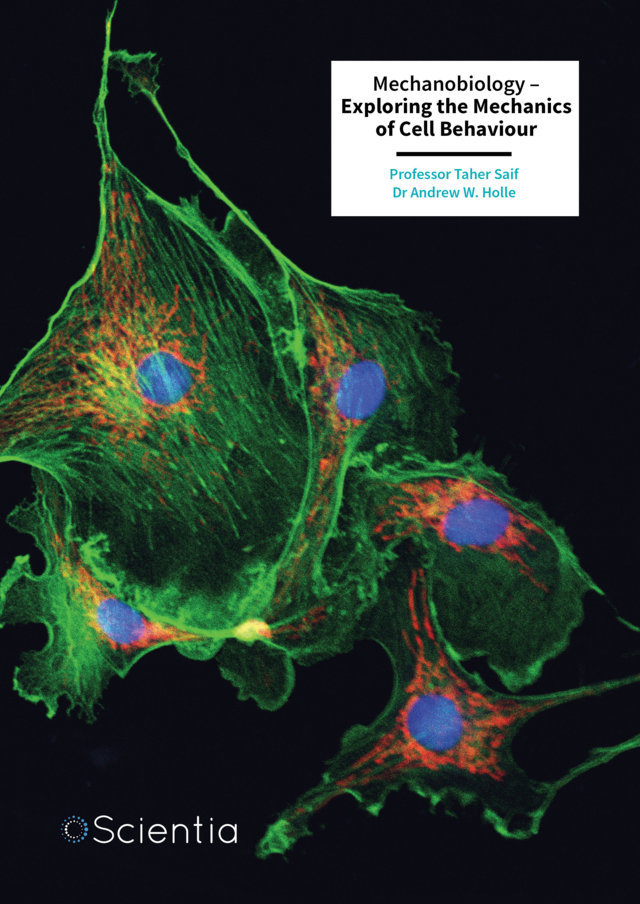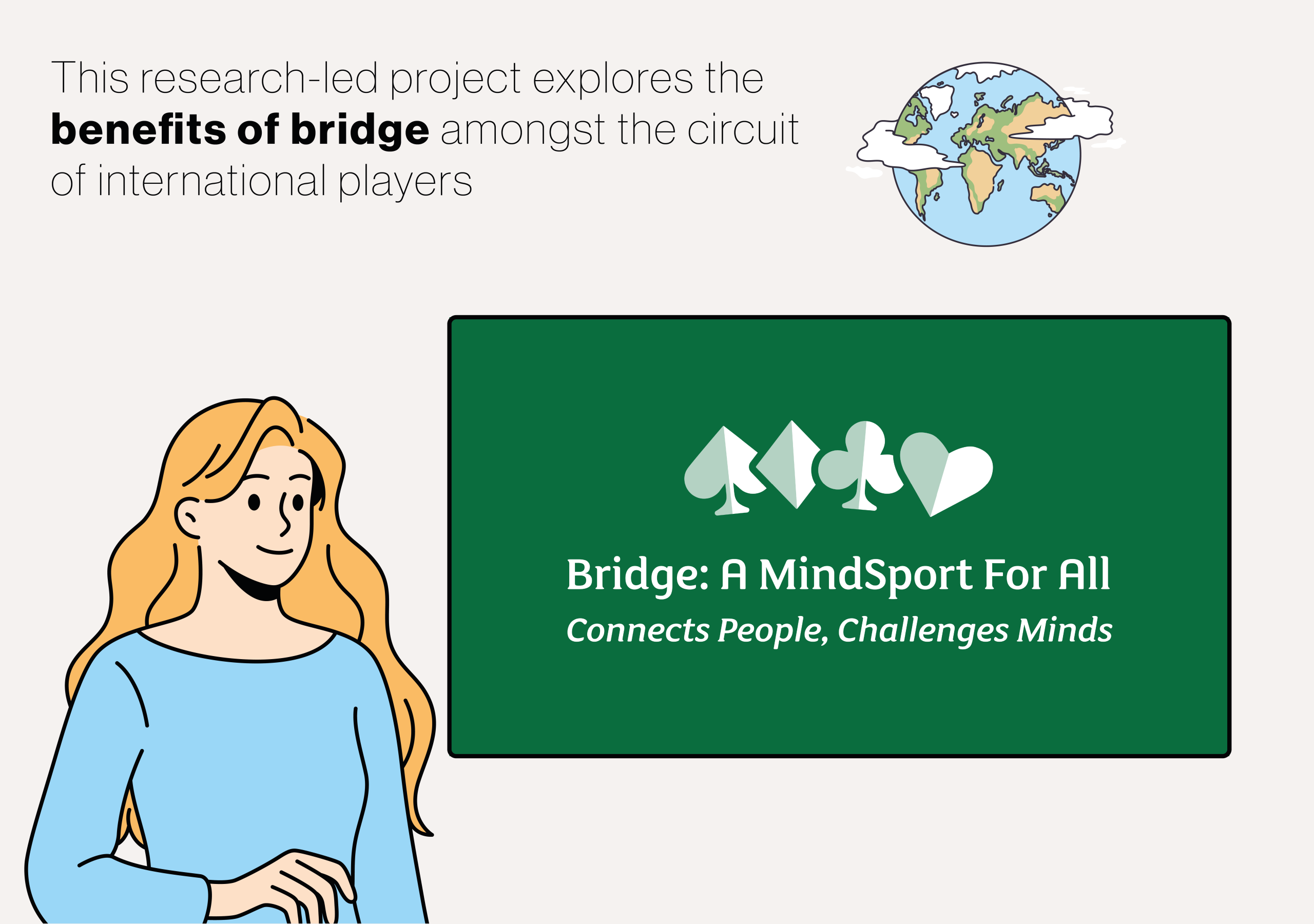Liver disease is a significant health challenge globally. It can often progress unnoticed for years until it becomes life-threatening. Cirrhosis is the final stage of chronic liver diseases, and it can be caused by conditions such as viral hepatitis, excessive alcohol consumption, or metabolic-associated steatotic liver disease, which is linked to conditions such as obesity or diabetes. Once cirrhosis has set in, the tissue in the liver becomes permanently scarred, reducing its function, and this can progress to liver failure or liver cancer. Often, these conditions are not diagnosed in sufficient time for effective treatment. Happily, a new risk assessment tool called the LiverRisk score, developed by the LiverScreen Consortium, could pave the way for early liver disease diagnosis, potentially allowing clinicians to intervene before irreversible liver damage occurs. The LiverRisk score helps to identify those who are at risk of severe liver complications in the future. The diagnostic tool is designed to be easy to use, and is based on clinical markers that are widely available from routine blood tests. More
The LiverRisk score has been developed by the LiverScreen Consortium, a group of international researchers dedicated to early detection and management of liver disease. Funded by the European Commission, the consortium’s goal is to reduce the global burden of liver disease by developing innovative and accessible screening methods that can be applied on a large scale.
The score was created as part of a major multicohort study involving participants from several countries, including Denmark, Spain, Germany, France, Hong Kong, the Netherlands and the United Kingdom. The participants did not have diagnosed liver disease, and underwent liver stiffness measurements using a technique called transient elastography. Liver stiffness is a key indicator of fibrosis, a process which involves the buildup of liver scar tissue caused by chronic liver injury. As fibrosis gets worse, the liver tissue becomes stiffer, eventually leading to cirrhosis.
The LiverRisk score accounts for eight factors: age, sex, a platelet count, fasting glucose levels, cholesterol levels, and the levels of three liver enzymes (aspartate aminotransferase, alanine aminotransferase, gamma-glutamyltransferase). These health parameters are commonly tested in routine medical exams. By combining these factors, the LiverRisk score predicts a person’s risk of developing liver fibrosis and, over time, more severe liver-related outcomes such as cirrhosis, liver cancer, and liver-related death.
This score is particularly valuable because it categorizes individuals into four risk groups: minimal risk, low risk, medium risk, and high risk. This helps healthcare providers to easily identify which patients are most in need of follow-up, preventive care, or lifestyle changes.
Liver diseases are often called “silent killers” because they develop slowly and show few or no symptoms until they reach an advanced stage. Many people with liver fibrosis or even early cirrhosis may feel fine and only discover their condition when it has progressed to the point where liver function is seriously impaired. At this stage, the only curative option may be a liver transplant, which is a major procedure with limited donor availability.
That’s where the LiverRisk score comes in. It aims to catch liver disease early, when it can still be managed with lifestyle changes or medical interventions, potentially preventing the progression to cirrhosis or liver cancer and the need for a liver transplant. For example, people with metabolic associated steatotic liver disease can often improve their liver health by losing weight, exercising, and managing conditions such as diabetes. Similarly, reducing alcohol consumption can significantly improve liver disease in people with alcohol-related liver disease. However, these interventions are most effective when the disease is caught early—before irreversible damage occurs.
The LiverScreen Consortium’s study validated the LiverRisk score in large populations, showing that it effectively identifies individuals at risk for serious liver conditions. More than 14,000 people participated in the initial study cohorts, and the LiverRisk score was further tested in additional groups, including over 400,000 participants from the UK Biobank study. The results were promising.
The LiverRisk score was found to be highly accurate in predicting liver fibrosis and future liver-related outcomes. For instance, in predicting liver-related death, the score performed better than existing tools such as the fibrosis-4 (FIB-4) index, which is commonly used. The LiverRisk score had an area under the curve of 0.90, meaning that it was very good at distinguishing between those at high risk and those at lower risk, compared to 0.84 for the FIB-4 index.
Over a follow-up period of more than 12 years, those in the high-risk group were shown to have a high risk of liver-related death compared with those in the minimal-risk group. This demonstrates the score’s ability to clearly differentiate between those who need urgent attention and those at lower risk.
In addition to liver-related death, the LiverRisk score was also effective at predicting other outcomes, including hospitalization due to liver disease and the development of liver cancer. For instance, the study found that participants in the high-risk group had a much higher chance of being hospitalized for liver-related issues than those in the minimal-risk group.
One of the LiverRisk score’s greatest strengths is its simplicity and accessibility. Unlike costly or invasive tests such as liver biopsies, the LiverRisk score can be calculated using routine blood tests. This means that general practitioners and healthcare providers can use it widely, especially in primary care settings, where the early identification of liver disease could make the biggest difference.
Integrating the LiverRisk score into routine health checkups, especially for individuals with known risk factors such as obesity or diabetes, could allow doctors to identify at-risk individuals much earlier. The score can serve as a wake-up call, encouraging patients to adopt healthier lifestyles or seek specialized care before it’s too late.
Moreover, the LiverRisk score has the potential to become a useful tool for population-wide screening. In regions with high rates of liver disease, such as those with widespread alcohol use or rising rates of obesity, this tool could help prioritize resources by identifying who is most at risk and needs intervention.
This research represents a significant step forward in public health, as liver disease remains one of the leading causes of death worldwide. While cirrhosis is often viewed as an inevitable consequence of years of silent liver damage, the LiverScreen Consortium’s work suggests that many cases could be prevented with early detection and timely intervention.







